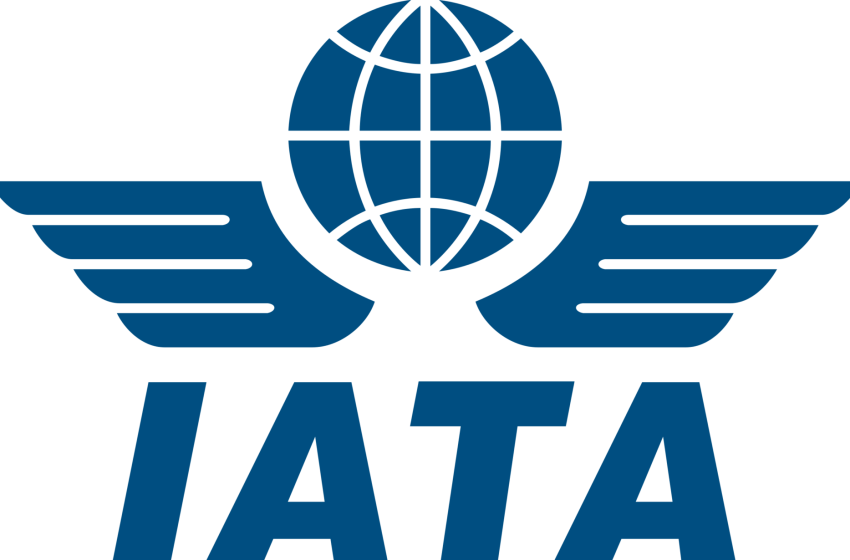According to the recent Construction Pipeline Trend Report from Lodging Econometrics (LE), the total hotel construction pipeline in the Asia Pacific excluding China (APEC) increased 4% year-over-year (YOY) and closed 2023’s fourth quarter with a record-high 1,977 projects and 402,156 rooms.
At the close of the quarter, projects currently under construction account for 47% of the projects in the region’s total pipeline, with 922 projects/212,607 rooms. Projects scheduled to start construction in the next 12 months increased 8% YOY to stand at 342 projects/65,079 rooms at the Q4 close. Projects in the early planning stage grew 11% YOY and hit an all-time high of 713 projects with 124,470 rooms.
Higher-end chain scale project totals are up in the APEC region at Q4, with luxury, upper upscale, upscale projects and room counts all reaching record highs. Luxury hotel construction projects in the region increased 9% YOY to close the quarter at 241 projects/46,808 rooms. Upper upscale projects grew 12% since Q4 2022 to stand at 370 projects/83,083 rooms, and upscale projects increased 6% YOY to close the fourth quarter with 447 projects/96,730 rooms.
At Q4, countries in the APEC region with the largest pipelines are led by India, which accounts for 26% of the projects in the region’s total pipeline with a record 514 projects/61,075 rooms. Next is Vietnam with 253 projects/88,827 rooms, then Indonesia with 208 projects/34,682 rooms. These countries are followed by Thailand with 155 projects/37,955 rooms and then Japan with 155 projects/30,024 rooms.
Cities in the region with the largest construction pipelines at Q4 2023 are Bangkok, Thailand with 61 projects/14,915 rooms; Jakarta, Indonesia, with 50 projects/9,748 rooms; and Melbourne, Australia, with 45 projects/8,354 rooms. Kuala Lumpur, Malaysia, follows with 36 projects/10,736 rooms, and then Phuket, Thailand, with 36 projects/9,525 rooms.
The APEC region had 357 new hotels/57,470 rooms open in 2023. LE analysts forecast another 381 new hotels with 74,341 rooms to open in 2024 and 379 new hotels with 76,422 rooms to open in 2025






